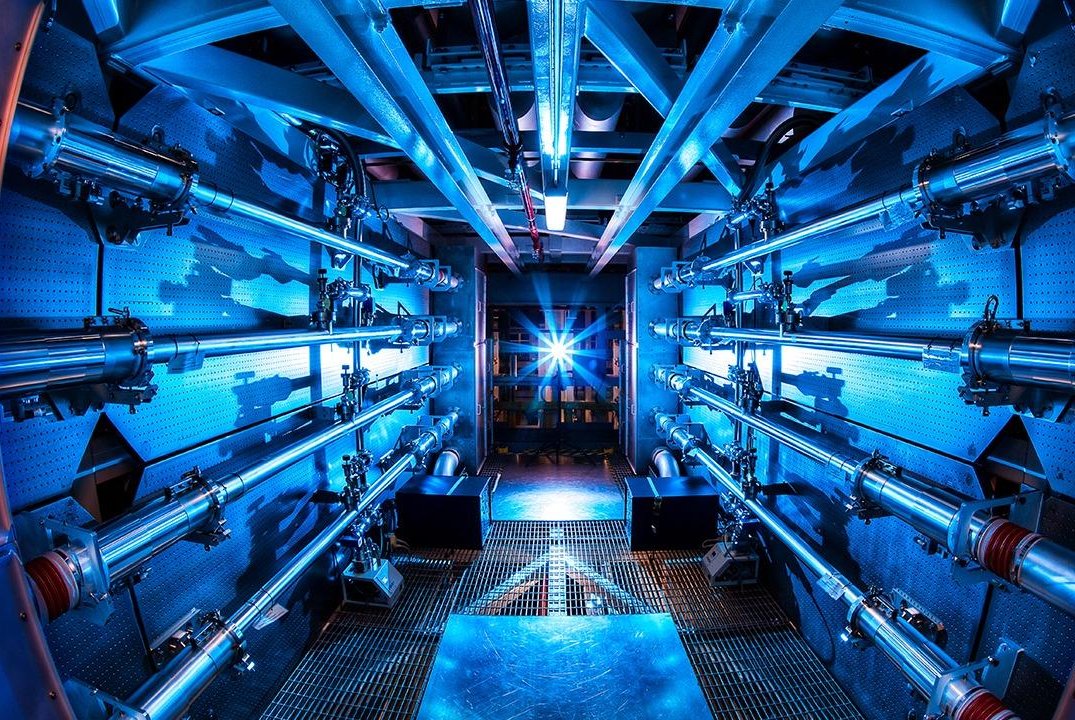
Dec. 13 (UPI) — The Energy Department announced Tuesday that scientists produced more energy from fusion than the laser energy used to drive it for the first time, in a historic breakthrough.
The Department of Energy, led by Energy Secretary Jennifer Granholm, and its National Nuclear Security Administration announced that on Dec. 5, scientists conducted the first controlled fusion experiment in history to achieve net energy gain.
“Simply put, this is one of the most impressive scientific feats of the 21st century,” Granholm said at a press conference announcing the breakthrough.
“It strengthens our national security, and ignition allows us to replicate certain conditions only found in the stars and in the sun. This milestone moves us one significant step closer to the possibility of zero carbon abundance fusion energy powering our society.”
Fusion is the process by which two light nuclei combine to form a single heavier nucleus, releasing a large amount of energy. The sun generates its energy by nuclear fusion of hydrogen nuclei into helium. The ability to harness such power could lead to creating an endless source of clean energy.
“In making this breakthrough, they have opened a new chapter in NNSA’s Stockpile Stewardship Program,” said NNSA Administrator Jill Hruby in a statement. “Our team from around the DOE national laboratories and our international partners have shown us the power of collaboration.”
The Lawrence Livermore National Laboratory said it surpassed the fusion threshold by delivering 2.05 megajoules of energy to the target, resulting in 3.15 MJ of fusion energy output, demonstrating for the first time a most fundamental science basis for inertial fusion energy.
“Many advanced science and technology developments are still needed to achieve simple, affordable [inertial fusion energy] to power homes and businesses, and DOE is currently restarting a broad-based, coordinated IFE program in the United States,” the Energy Department said in a statement.
“Combined with private-sector investment, there is a lot of momentum to drive rapid progress toward fusion commercialization.”
In the 1960s the Livermore lab theorized that fusion could be produced in a laboratory setting. That led to the next 60 years of laser research, optics, diagnostics, target fabrication, computer modeling and simulation, and experimental design.
Increasingly powerful laser beams were used to create temperatures and pressures like those in the cores of stars and giant planets, and inside exploding nuclear weapons.
“The pursuit of fusion ignition in the laboratory is one of the most significant scientific challenges ever tackled by humanity, and achieving it is a triumph of science, engineering, and most of all, people,” LLNL Director Kim Budil said in a statement.
“Crossing this threshold is the vision that has driven 60 years of dedicated pursuit — a continual process of learning, building, expanding knowledge and capability, and then finding ways to overcome the new challenges that emerged. These are the problems that the U.S. national laboratories were created to solve.”
